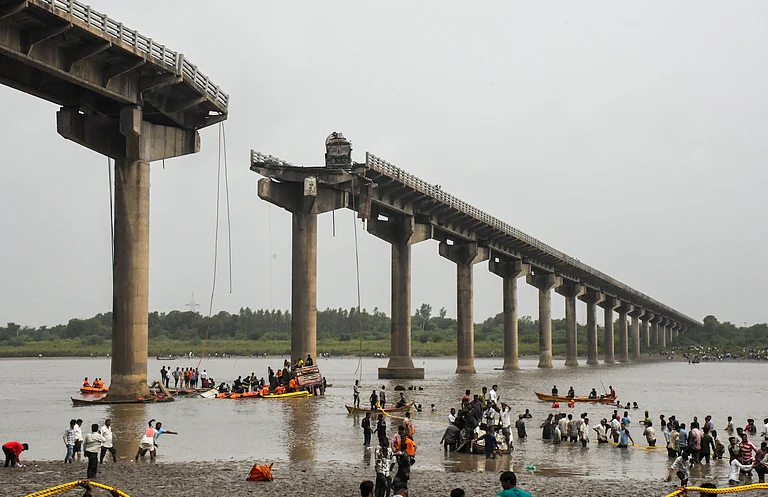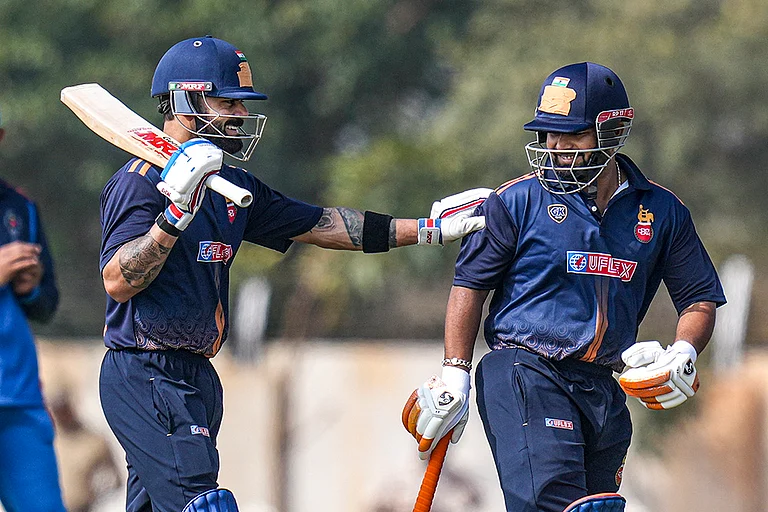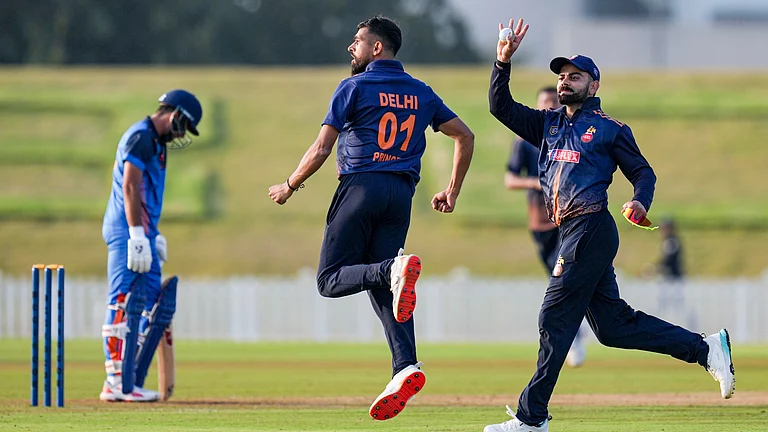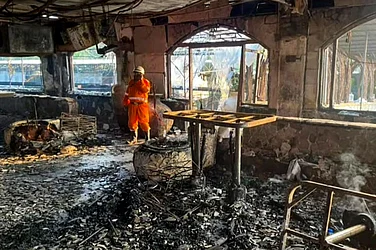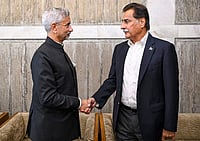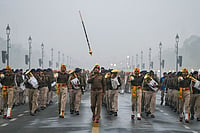On Wednesday morning, the 40-year-old, Gambhira bridge on the Mahisagar river in Gujarat's Vadodara district collapsed. At least nine people were killed, and five were rescued with minor injuries. A truck and tanker reportedly fell into the Mahisagar River following the mishap.
The Gambhira bridge collapse is the third incident of bridge collapse in the last two months. The early monsoon rainfalls have increased the risk of such incidents. However, was it only for natural cases? Or, are there some human contributions to recurrent occurrences of such infrastructural mishaps?
“The Congress family expresses deep condolences to the affected families. We also pray to God that He grants a speedy recovery to the injured. This accident exposes the rampant corruption carried out in the name of the 'Gujarat Model'," Congress Party posted on their X.
“The loss of lives due to the collapse of a bridge in Vadodara district, Gujarat, is deeply saddening. Condolences to those who have lost their loved ones. May the injured recover soon. An ex gratia of Rs. 2 lakh from PMNRF would be given to the next of kin of each deceased. The injured would be given Rs. 50,000,” the PMO said in a post on X.
List Of Major Bridge Collapses In India (2015 - 2025)
Indrayani River Bridge Collapse
On June 15, 2025, an old iron pedestrian bridge over Indrayani River in Pune collapsed killing atleast 4 people and leaving 18 others seriously injured. The bridge used to be a popular tourist spot. Heavy rainfall, structural degradation and overcrowding are sited as reason of collapse by the authorities.
Mizoram Bridge Collapse
On August 23, 2023, an under-construction railway bridge part of the Bhairabi-Sairang New Line Railway Project collapsed. The incident killed atleast 26 workers in the railway project.
Initial reports and investigations pointed structural instability during construction, or possibly the use of substandard materials and lack of proper oversight. Authorities have blamed substandard construction and lack of oversight.
Morbi Bridge Collapse
On October 30, 2022, a pedestrian suspension bridge over the Machchhu River Gujarat's Morbi City collapsed, causing the deaths of at least 141 people and injuries to more than 180 others. The incident occurred five days after the bridge was reopened after renovation.
Reportedly the 19th-century-bridge collapsed due to overcrowding and alleged negligence in its renovation and safety certification. The contract for renovation was controversially awarded to a company without prior experience in bridge construction.
Savitri River Bridge Collapse, Maharashtra
On August 2, 2016, the Savitri River Bridge in Mahad, Raigad district of Maharashtra, collapsed. The collapse of this 100-year-old bridge cost a minimum of 28 lives. Heavy rainfall was sited as reason behind the collapse.
Vivekananda Flyover Collapse, Kolkata
On March 31, 2016, the 7-year-old under-construction Vivekananda Fly Over collapsed in the Girish Park area of Kolkata. The incident caused 27 lives and left 80 people significantly injured. The bridge had been under construction since 2009, amidst rising fatigue amongst the masses regarding the elongated delays in construction, the Chief Minister of the State, Mamata Banerjee announced the opening of the bridge by February 2016, despite 26 per cent of the construction pending even then. ‘Tech fault’ and ‘high-scale corruption’ were allegations raised by the opposition.
Majerhat Flyover Collapse, Kolkata
On September 4, 2018, a section of the 50-year-old Majerhat Flyover in Kolkata collapsed after heavy rainfall. The incident killed three lives and left 24 severly injured. Structural weekness due to aging infrastructure was cited as reason of the collapse.
Multiple Bridge Collapses In Bihar
Several bridges collapsed between June to September of 2024 in Bihar. Every year with the onset of monsoon headlines about bridge collapses in Bihar becomes usual. Between June and July, 2024 at least 16 bridges collapsed across the state. In most cases heavy rain and sub standard construction material found as contributing factors of collapse.
These incidents underscore the urgent need for stricter infrastructure audits, timely maintenance, and transparency in construction processes. While political blame games and compensation announcements often follow such tragedies, they do little to address the root causes. What is truly required is long-term accountability, proactive governance, and a commitment to public safety over political optics. Only then can we hope to prevent such disasters from recurring.







